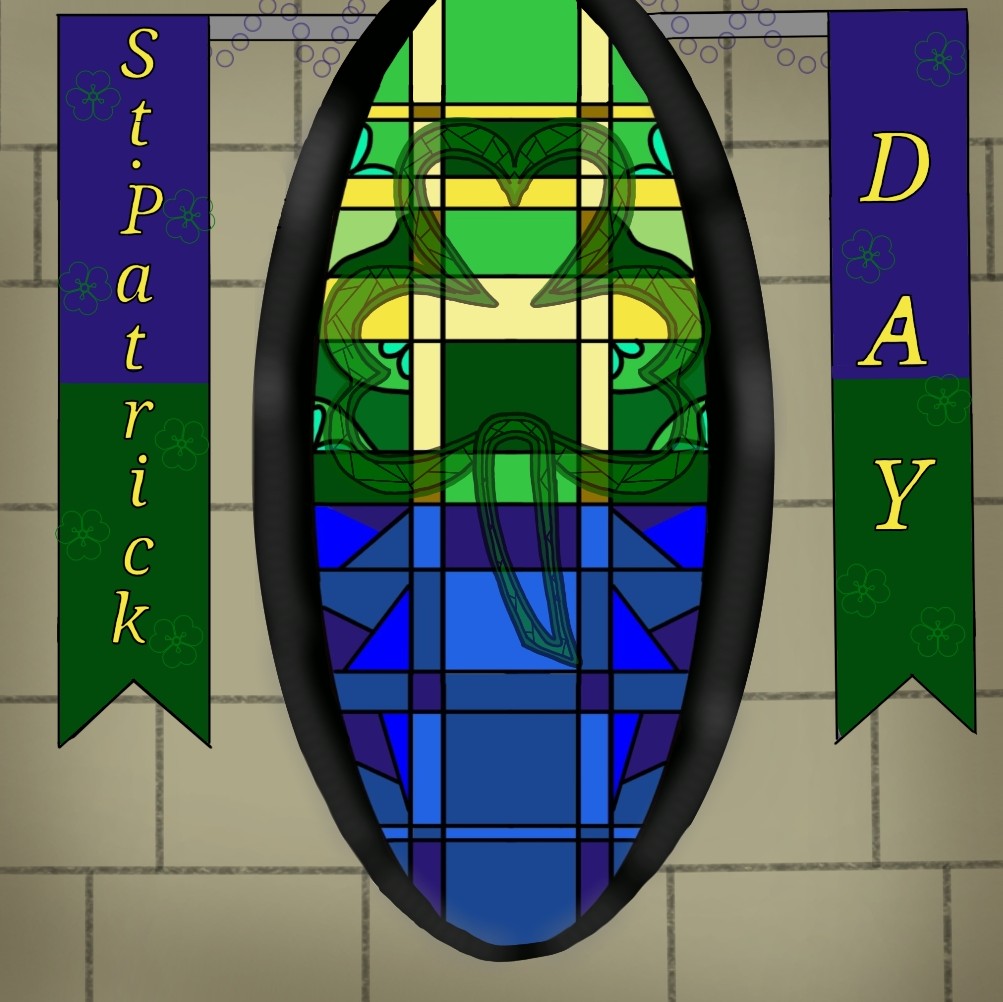St. Patrick’s Day is a day that was originally celebrated in Ireland but made its way to the United States, Canada, Australia, Japan, Singapore and Russia. This holiday is for Saint Patrick, a man who lived in the fifth century, and was the patron saint of Ireland and its national apostle.
The Meaning of St. Patrick’s Day
The meaning of St. Patrick’s Day is to celebrate the death anniversary of St. Patrick. He died on March 17, 461 AD, but it became an official holiday in 1631. It’s also a way to remember what he did in Ireland and how his actions contributed to our present-day society.
Origin of Maewyn Succat
St. Patrick’s original name was Maewyn Succat. Succat was born in Roman Britain to Christian parents. At age 16 he was kidnapped and taken over to Ireland as a slave. Succat thought being kidnapped was a punishment for him having a lack of faith in God during that time. He was a slave for 6 years but escaped later on. In his perspective, Succat was not a religious child, so he renamed himself Patricus, after becoming a priest, he changed his name again to Patrick. In about 432 CE (BCE) he returned to Ireland to convert the Irish to Christianity.
Ireland to America
Many years later the 13 colonies of the United States had immigrants, Irish people being one of them. In the United States in 1737 was the first time that St. Patrick’s Day was celebrated. That celebration occurred in Boston. In New York City the first recorded St. Patrick’s Day parade was celebrated in 1762.
The Shamrock and Four Leaf Clover
The Shamrock, or three-leaf clover, is a type of clover that symbolizes Ireland. The importance of this clover was a metaphor created by St. Patrick to represent the Holy Trinity, God the Father, the Son, and the Holy Spirit, to the Irish. This also represents faith, hope, and love. If a person sees the fourth leaf it means luck. It is rare to find one, this is why if a person comes across a four-leaf clover it’s lucky.
Green and Leprechauns
“Wear green to bring good luck” is one of the slogans of this holiday. However, the original color of this day was blue, not green. The reason why it changed was in the late 18th to the 20th century division between the Irish population and the British crown deepened, and the color green and St. Patrick’s shamrock became a symbol of identity and rebellion for the Irish people.
Leprechauns were first written in old Irish fables, ever since then, it came with the holiday and Irish culture. Leprechauns were created for the people, in tradition says that if you wear green you’ll make yourself invisible in the eyes of leprechauns, if not then you get pinched! If a leprechaun is caught by a human it has to tell where his pot of gold is, in return, they get their freedom. There are no female leprechauns, the Irish leprechauns are a type of fairy, and the only female counterparts are Fairies.
St. Patrick’s Day is a day for celebration of Patrick himself, Irish culture, and for fun. So have fun on this day and try not to get pinched!








